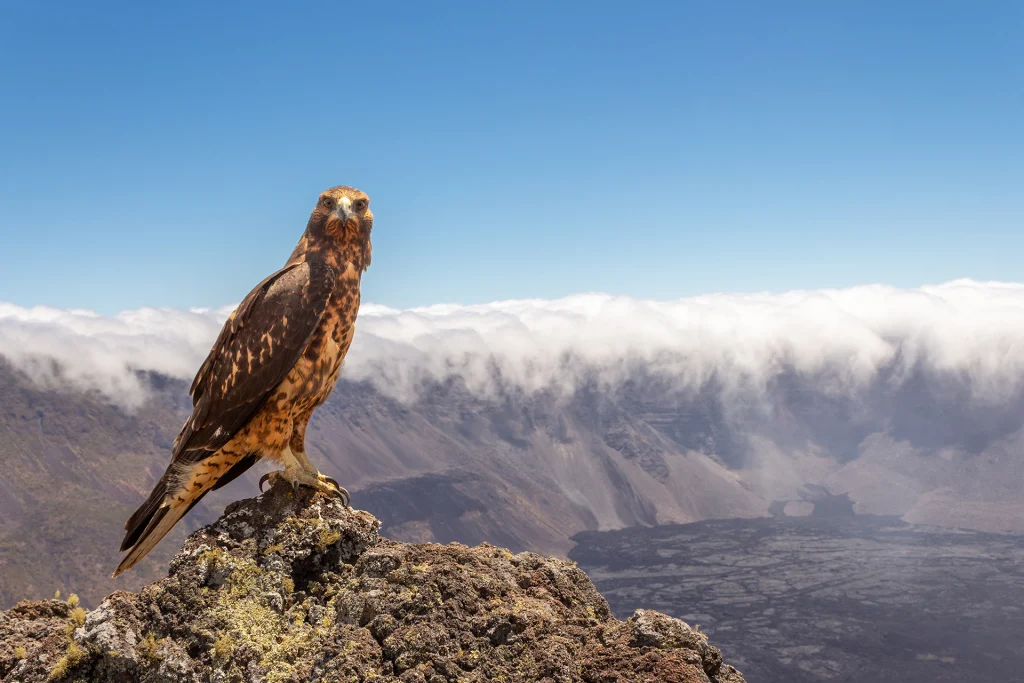Galapagos Protected Areas: History
Galapagos is divided into two protected areas. The Galapagos National Park was created in 1959. It covers an area of 8,720 square kilometers (20,720 sq miles), which is 97% of the land area of the archipelago. The Galapagos Islands are renowned worldwide for their exceptional biodiversity and volcanically active landscape.
In 2001, the Galapagos Marine Reserve was declared a UNESCO World Heritage Site. It originally covered 50,000 square miles (133000 square kilometers) making it the largest marine reserve in the world. The Hermandad Marine Reserve (or “Brotherhood”) was created in 2022 to increase the marine protected area from 50,000 square miles to 76,000 square kilometers. The expansion also includes a no-take zone, responsible fishing zones, and a protection of migratory species such as whale sharks and hammerheads sharks.
Protected Areas: Their Vital Role
It is important that on the National Day of the National System of Protected Areas we highlight the vital role these protected areas play in protecting the marine and terrestrial biodiversity of Galapagos. Protected areas are not only important for conserving animal and plant species, they safeguard the natural heritage of the archipelago. They also play an important role in the wellbeing of the local communities by supporting the thriving ecotourism sector that is the backbone of the Galapagos economy.
Galapagos Sustainability Commitment
We are proud to be able to support the Galapagos National Park Directorate with its efforts to conserve and maintain the protected areas on the archipelago. Their exemplary management is a model for conservation of fragile ecosystems around the world.
We have witnessed both challenges and achievements in protecting this natural treasure. We remain committed to supporting scientific research, environmentally responsible activities and activities that encourage a sustainable relationship between people and nature on Galapagos. We are thankful for the support we receive from our donors and strategic partners. Their commitment allows us to continue our mission of protecting the Galapagos Islands.



